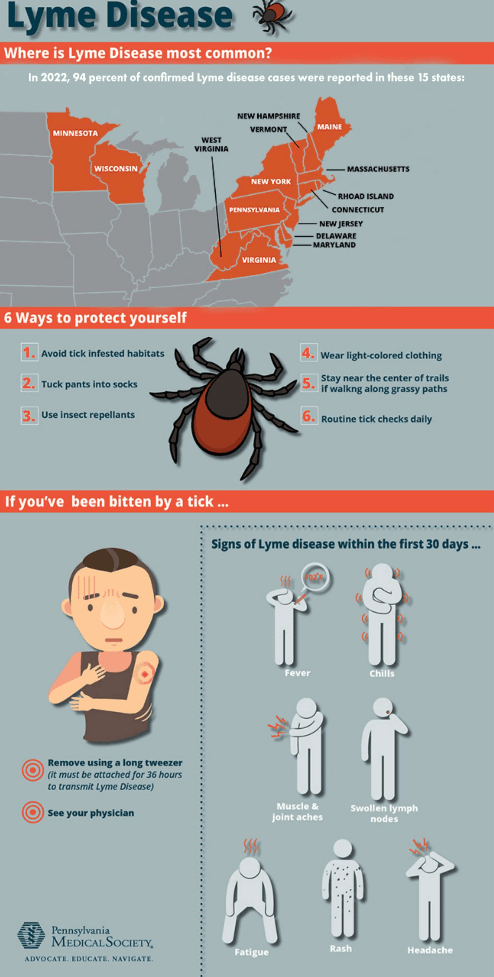A Comprehensive Overview of Lyme Disease

Introduction to Lyme Disease
Lyme disease, caused by the Borrelia bacterium and transmitted through ticks, is becoming increasingly relevant in the UK as awareness of tick-borne illnesses rises. The number of reported cases has surged, making it essential for the public to understand its symptoms, treatment, and prevention methods.
Symptoms of Lyme Disease
The initial signs of Lyme disease often appear as a distinctive circular rash known as erythema migrans, which may develop within 3 to 30 days after a tick bite. Other early symptoms include fever, chills, fatigue, muscle and joint aches, and swollen lymph nodes. If left untreated, Lyme disease may progress to more severe stages, resulting in neurological issues, arthritis, and heart complications.
Recent Incidence in the UK
According to the UK Health Security Agency (UKHSA), there has been a notable increase in the number of confirmed Lyme disease cases in the past few years. Statistics show that more than 1,000 cases were reported in 2022, a figure that is expected to rise further as more people engage in outdoor activities during warmer months.
Diagnosis and Treatment
Diagnosing Lyme disease involves a clinical assessment of symptoms, potential exposure to ticks, and laboratory blood tests, particularly in later stages. The primary treatment for Lyme disease includes a course of antibiotics, which is most effective when administered in the early stages of the infection. Commonly prescribed antibiotics include doxycycline and amoxicillin for a period of 14 to 21 days.
Preventive Measures
Prevention is key in combating Lyme disease. Awareness campaigns emphasize avoiding tick-infested areas, wearing protective clothing, applying insect repellent, and conducting thorough tick checks after outdoor activities. Public health officials advocate for education around tick removal techniques to minimise the risk of infection.
Conclusion
As Lyme disease continues to gain prevalence, the importance of awareness and early intervention cannot be overstated. With evolving weather patterns potentially affecting tick populations, it is crucial for individuals, especially those engaging in outdoor recreation, to remain vigilant and informed. Ongoing research and public education initiatives will play a vital role in managing this public health concern effectively.
